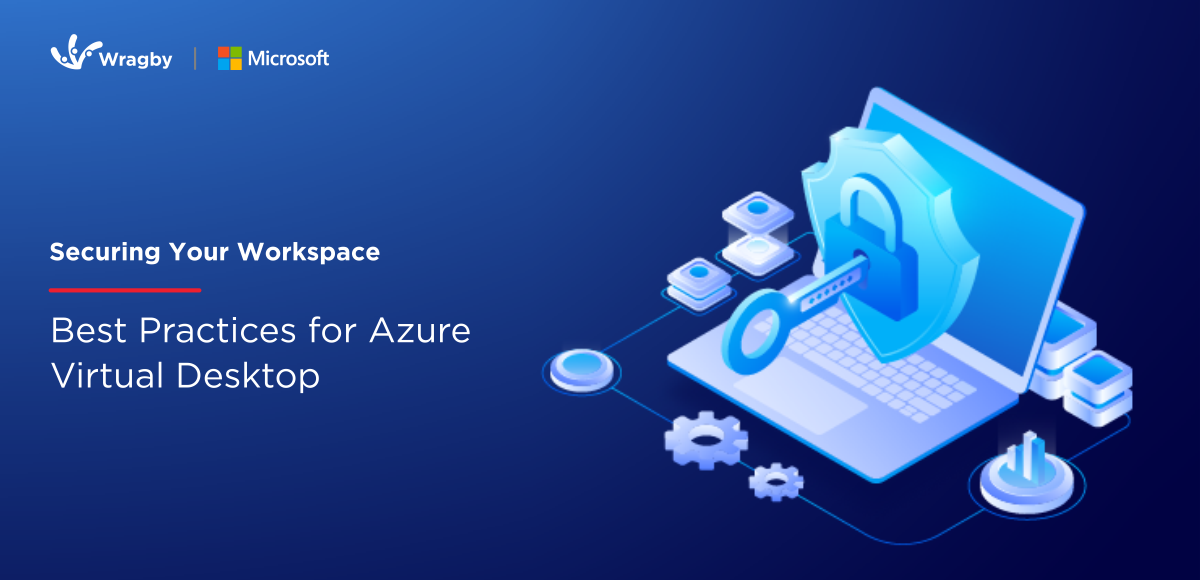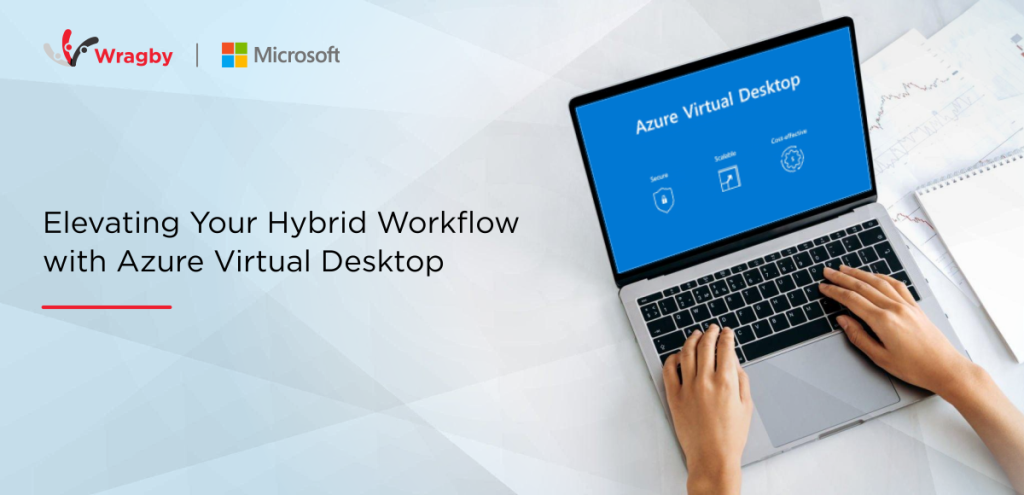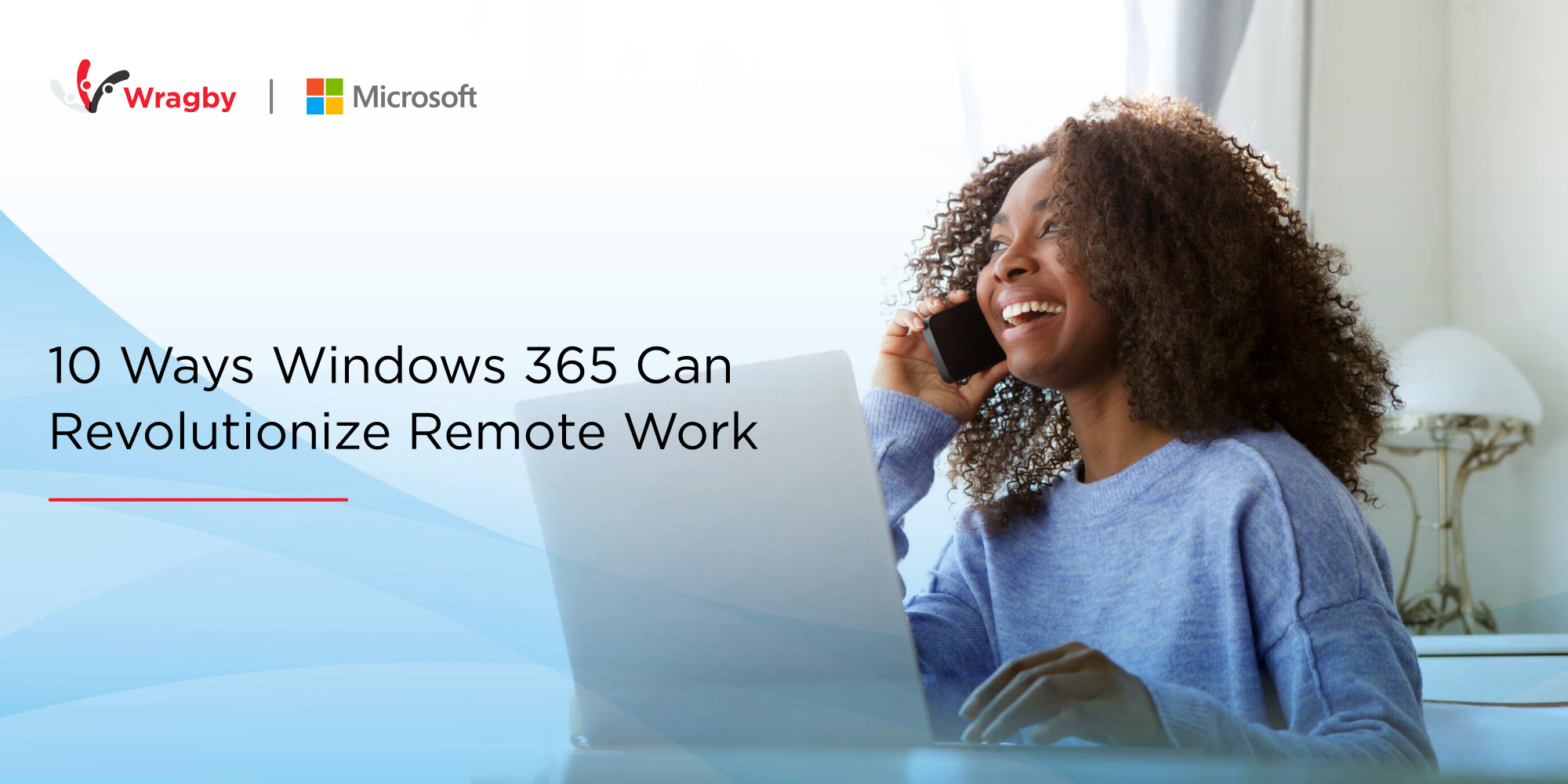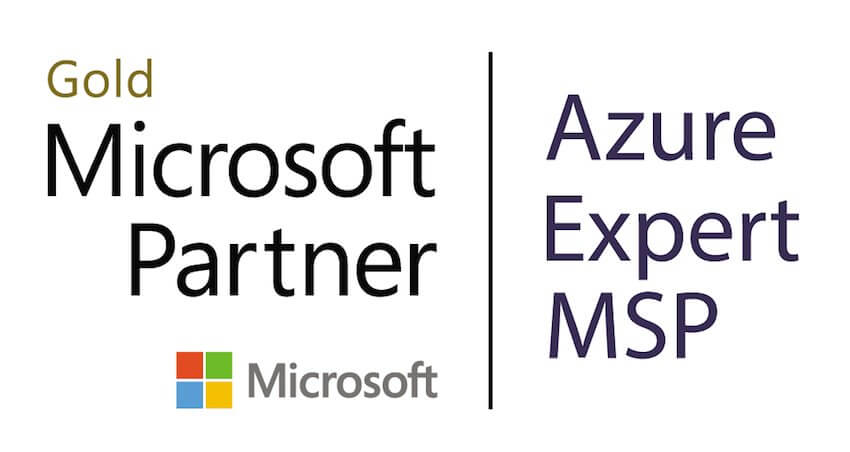
Securing Your Workspace: Best Practices for Azure Virtual Desktop
Navigating the dynamic digital realm demands fortified security within virtual environments. Azure Virtual Desktop (AVD) serves as a potent solution, reshaping desktop and application virtualization. How does AVD bolster its security measures, and what strategies can enhance and solidify your AVD setup?
Understanding Azure Virtual Desktop:
Azure Virtual Desktop, a comprehensive and dynamic cloud-based service provided by Microsoft Azure, empowers organizations with the agility to deploy, manage, and scale virtualized Windows desktops and applications seamlessly within the Azure ecosystem. Its architecture enables unparalleled flexibility and accessibility across a myriad of devices and locations, fostering a truly connected workspace experience.
Securing Azure Virtual Desktop:
At the core of Azure Virtual Desktop lies a multifaceted security infrastructure, intricately woven with multiple layers of protection. Leveraging Azure’s robust security features, AVD encompasses:
Multi-Factor Authentication (MFA): Adding an extra layer of security through multifaceted authentication processes.
Identity and Access Management (IAM): Orchestrating user identities and finely controlling their resource access with an emphasis on the principle of least privilege.
Encryption Protocols: Employing rigorous encryption methodologies to fortify data integrity both during transit and at rest, safeguarding against unauthorized access and data breaches.
Securing Azure Virtual Machines (VMs): The cornerstone of AVD, Azure Virtual Machines, demands meticulous security measures to fortify the infrastructure:
Network Security Groups (NSGs): Exerting precise control over inbound and outbound traffic to VM instances.
Regular Updates: Timely application of security updates and patches to fortify defenses against potential vulnerabilities.
Endpoint Protection: Employing robust endpoint security solutions to proactively ward off malware and cyber threats, bolstering the VM’s resilience against potential breaches.
Security Best Practices for Azure Virtual Desktop:
Identity and Access Management (IAM): Implementing stringent access controls via Azure Active Directory and adopting conditional access policies for heightened security.
Encryption: Harnessing the power of Azure Disk Encryption and SSL/TLS protocols to fortify data integrity in transit and at rest.
Regular Updates and Patch Management: Staying abreast of security patches across operating systems, applications, and security software to shield against emerging vulnerabilities.
Monitoring and Logging: Deploying vigilant monitoring tools for preemptive threat detection and configuring logging mechanisms for swift responses to potential security incidents.
Employee Training and Awareness: Educating users on nuanced security best practices, phishing prevention techniques, and robust data handling protocols to fortify the human-centric aspect of security.

Contact Us for Expert Guidance:
At Wragby, our certified Azure consultants specialize in securing and managing your IT environments. We offer invaluable guidance, optimizing AVD for cost-efficiency and performance. Leveraging our expertise, the implementation and management of AVD becomes a seamless endeavor, requiring only traditional desktop management skills. Reach out to us at: marketing@wragbysolutions.com or call 0908 773 3358 for a no-obligation discussion, and let us strengthen your IT environment against potential threats, ensuring a secure, productive, and efficient workspace.



Leave a Reply